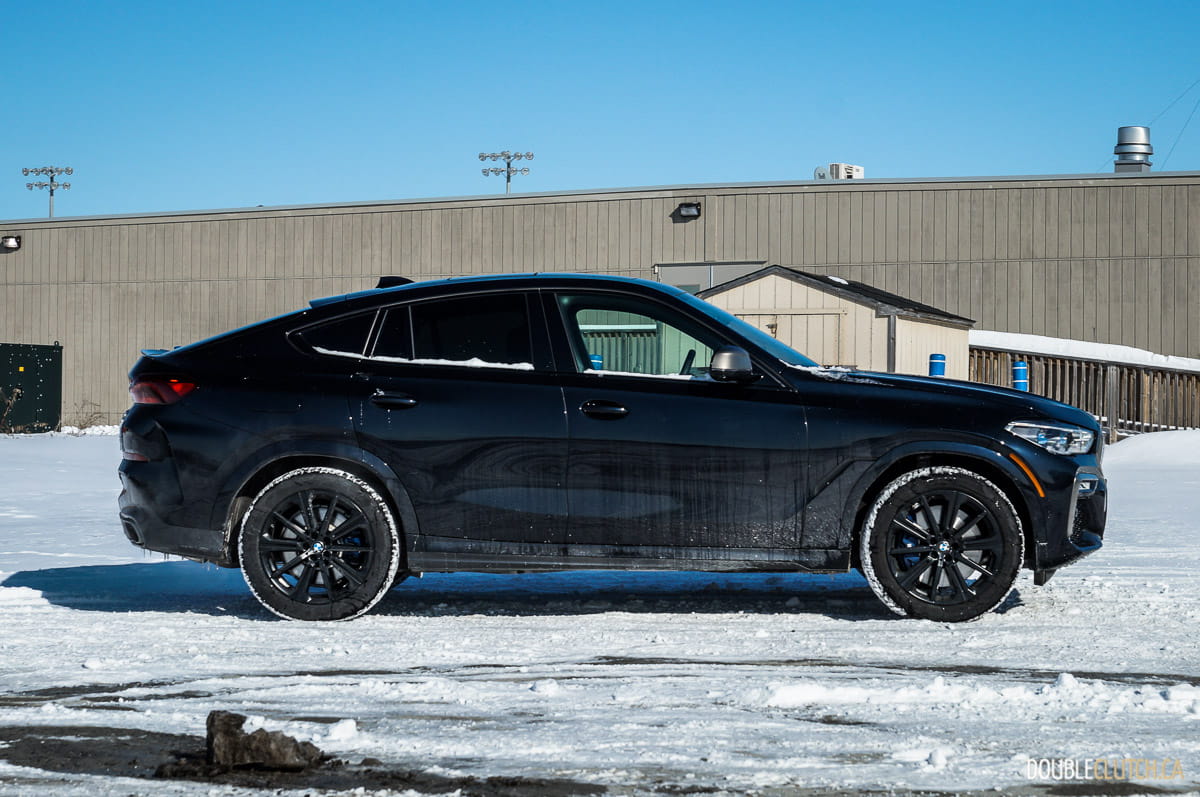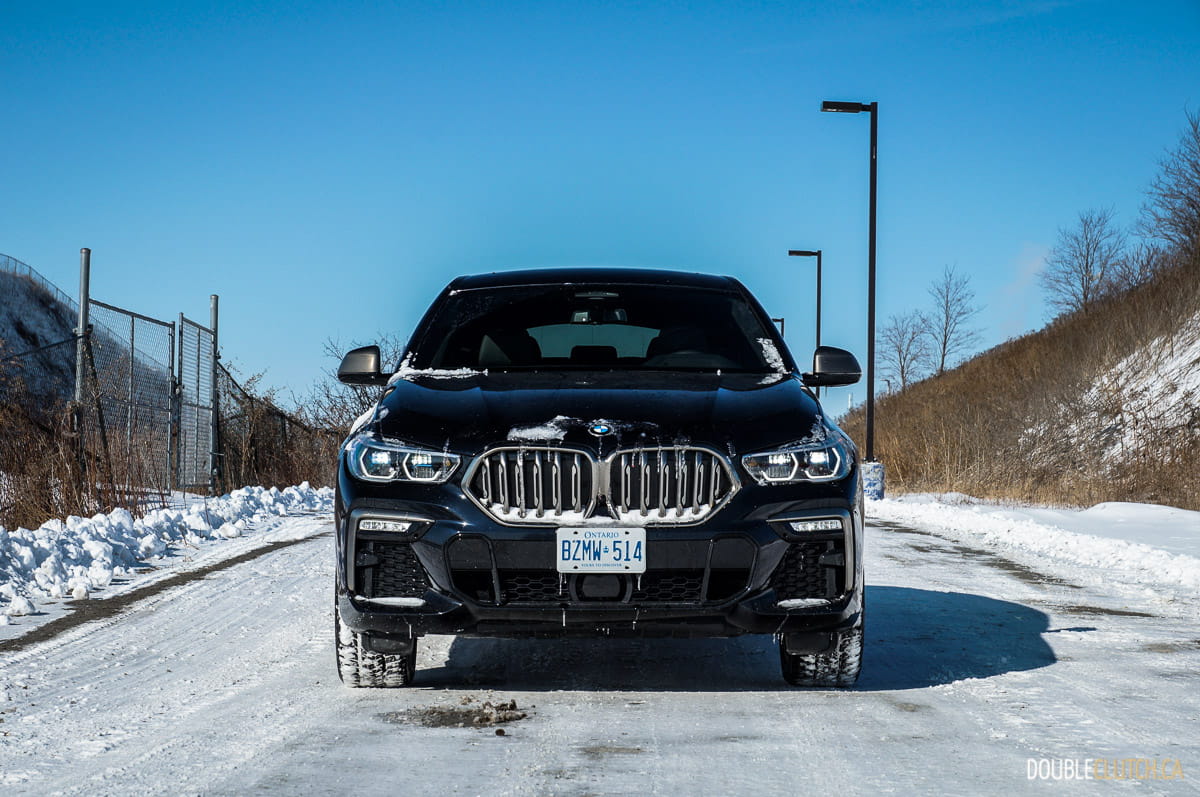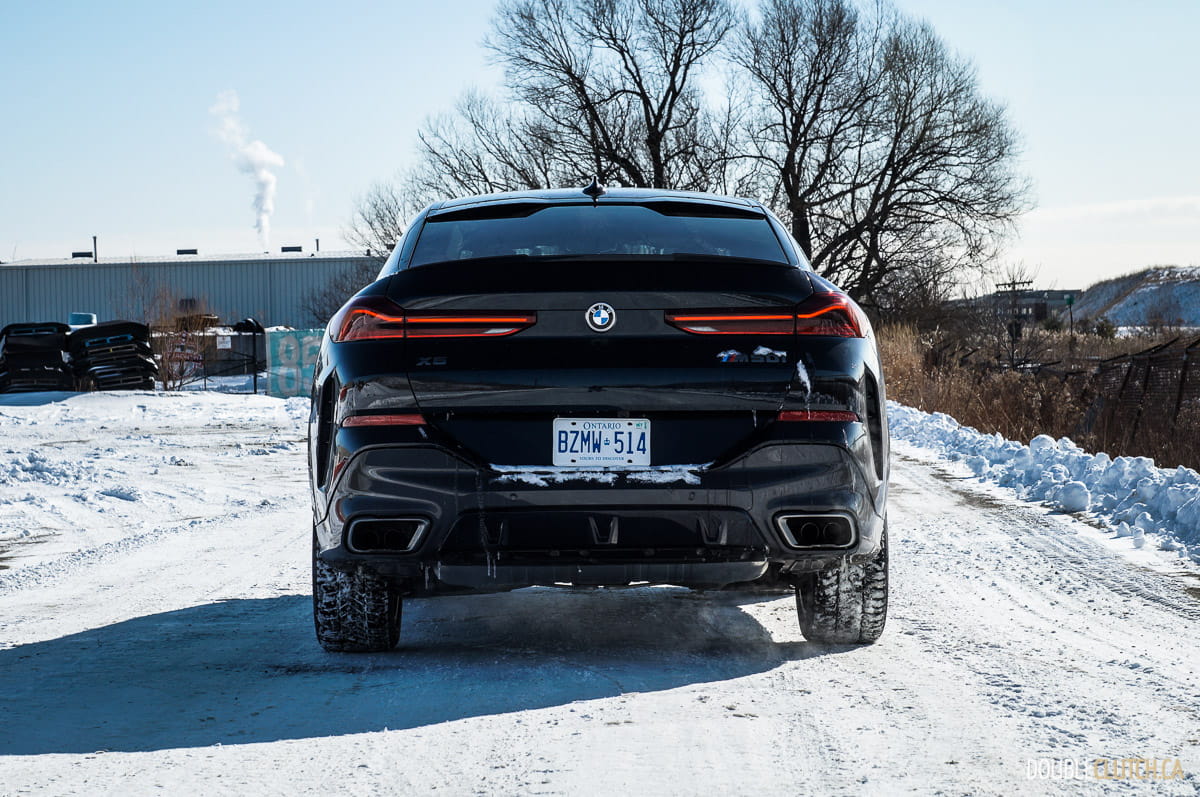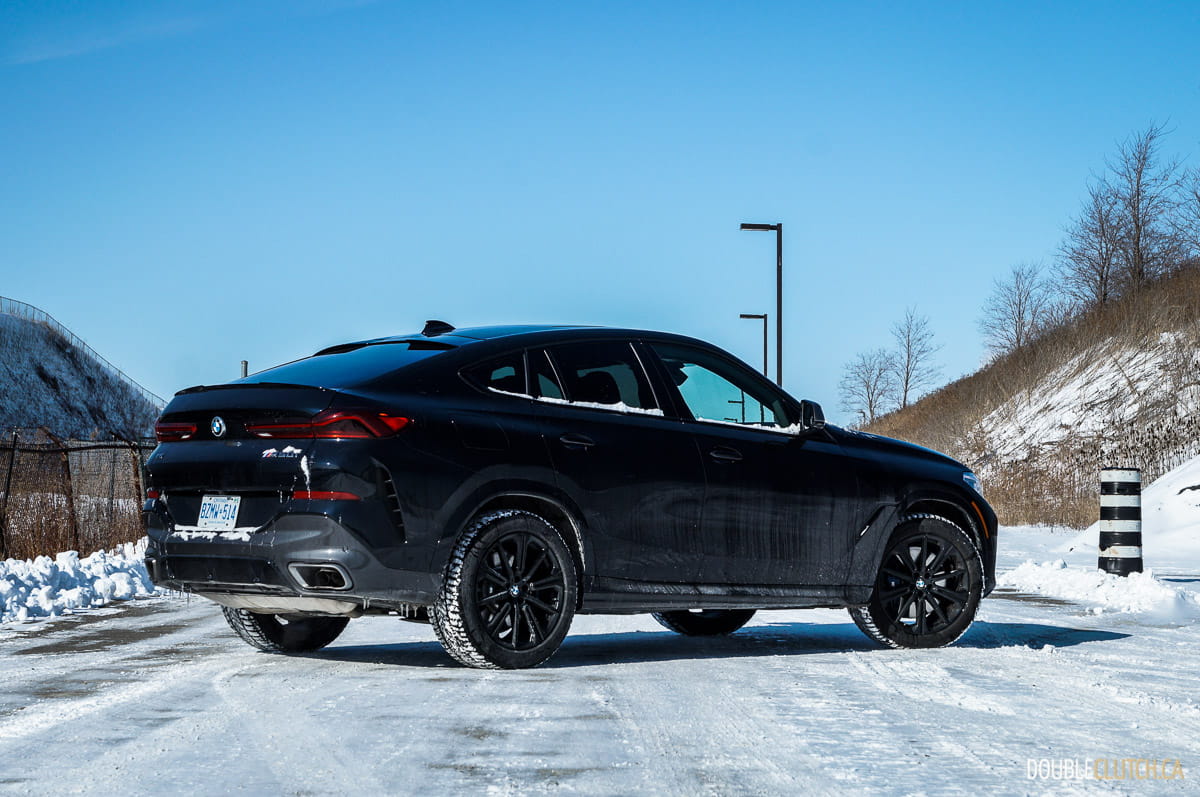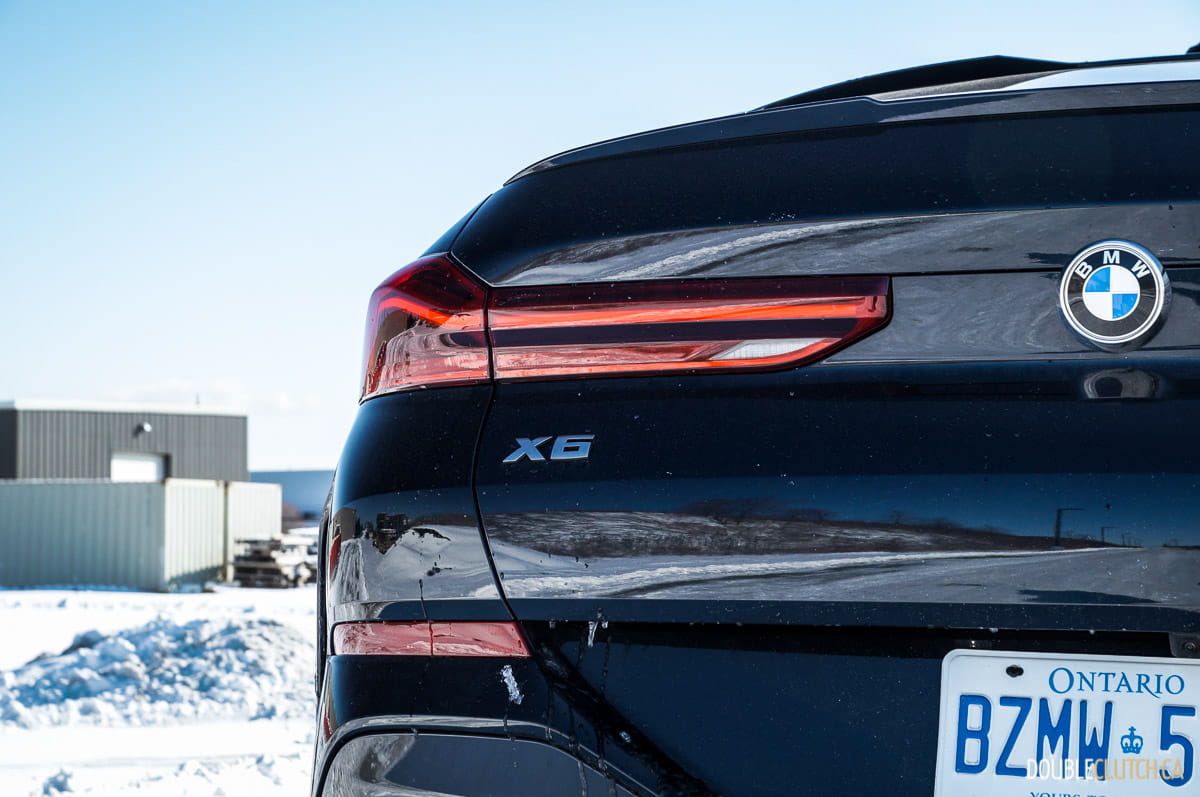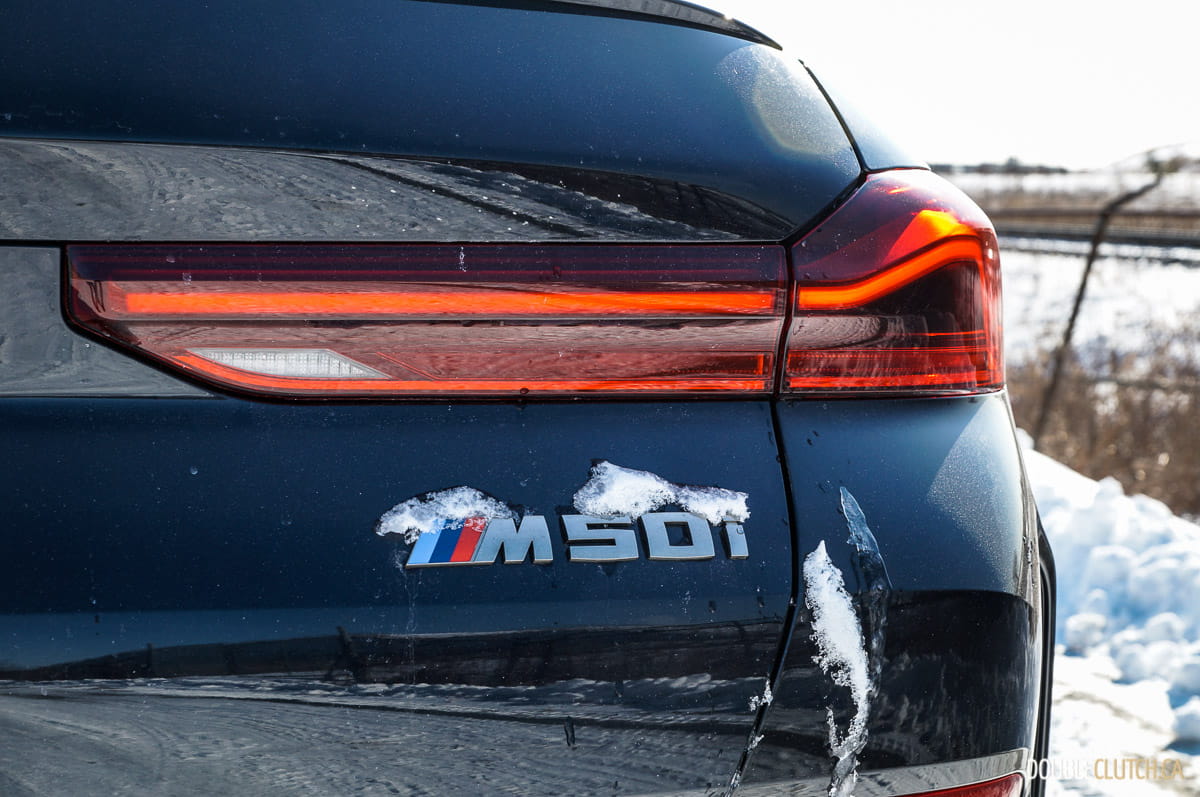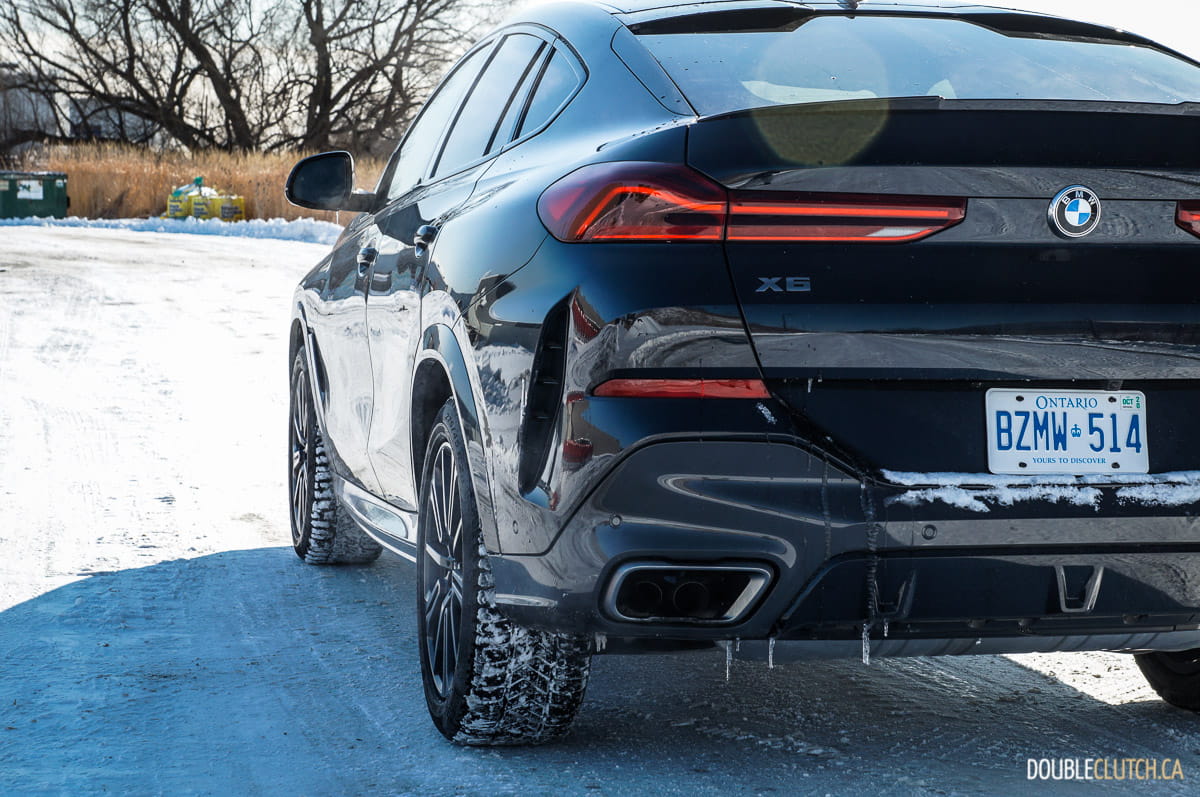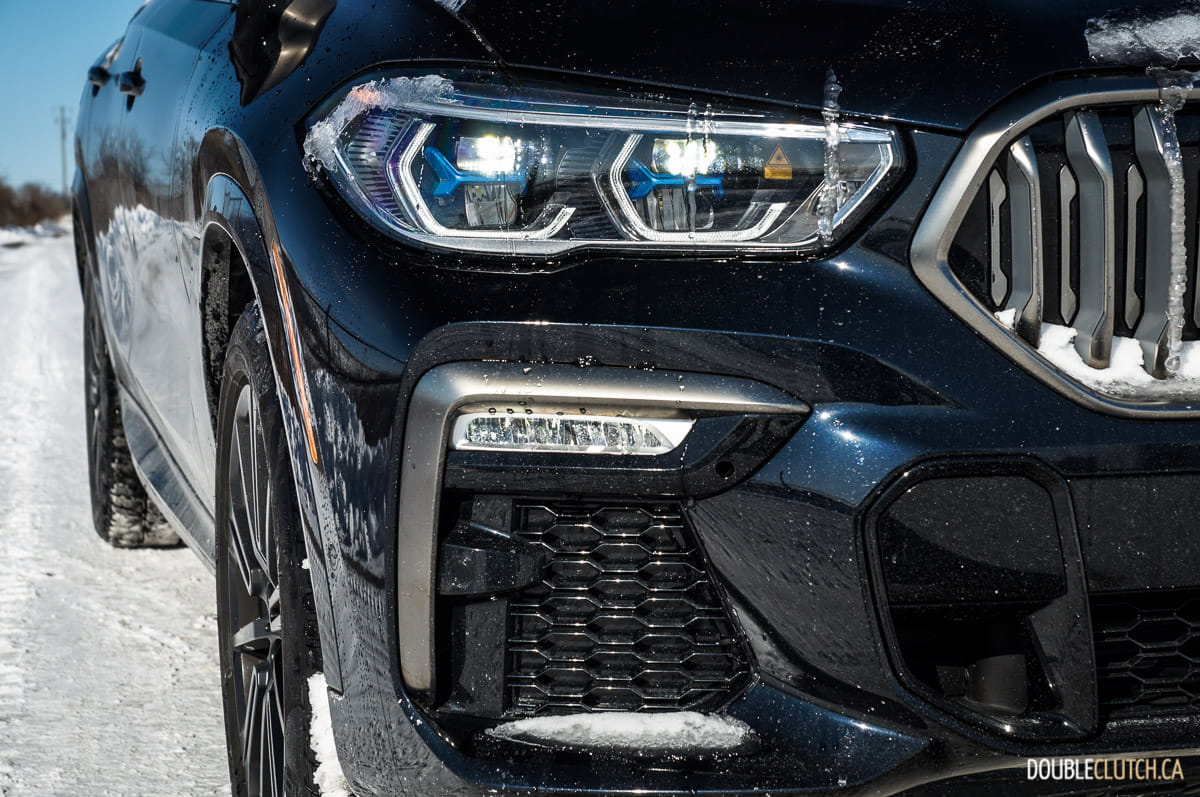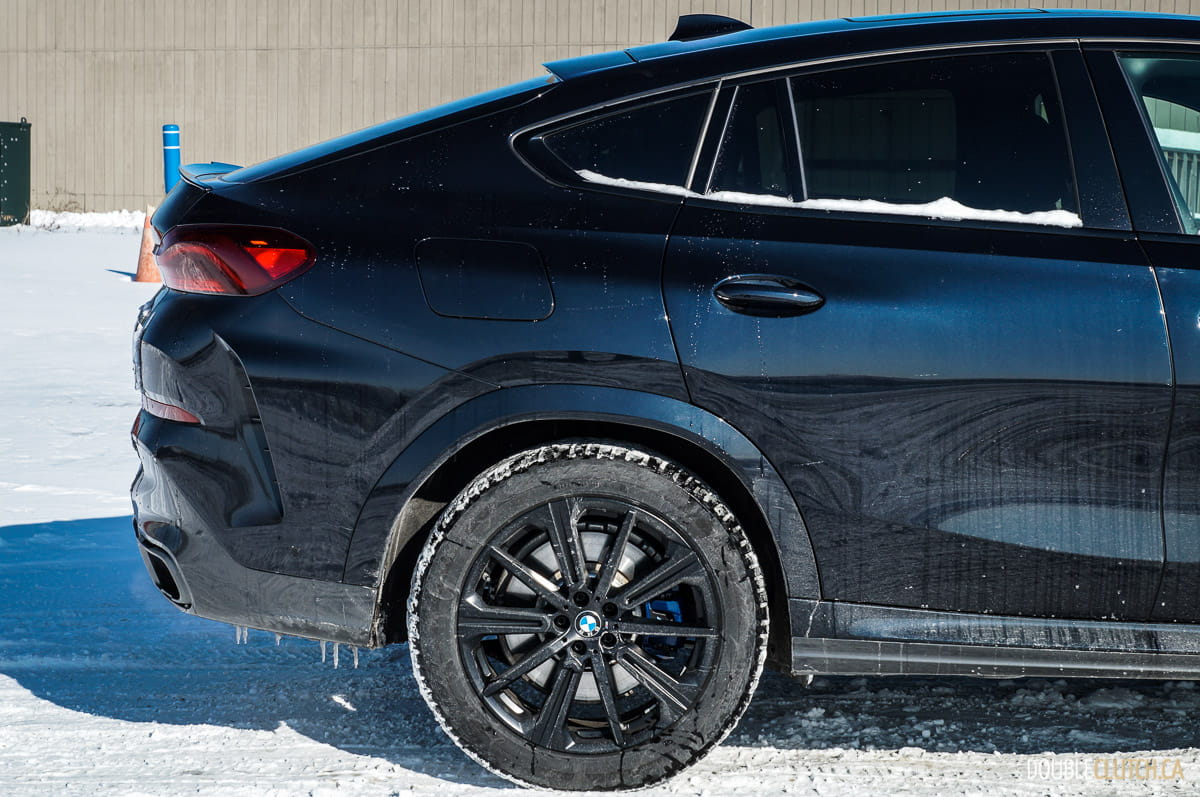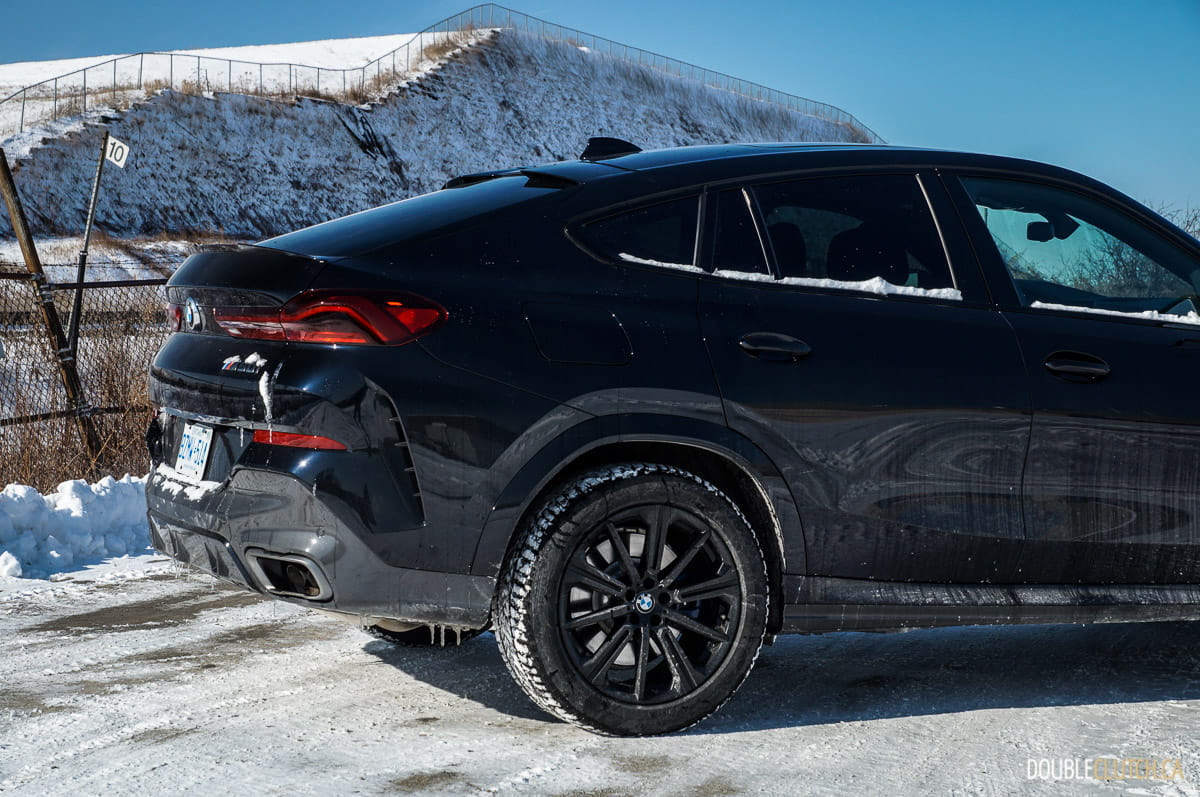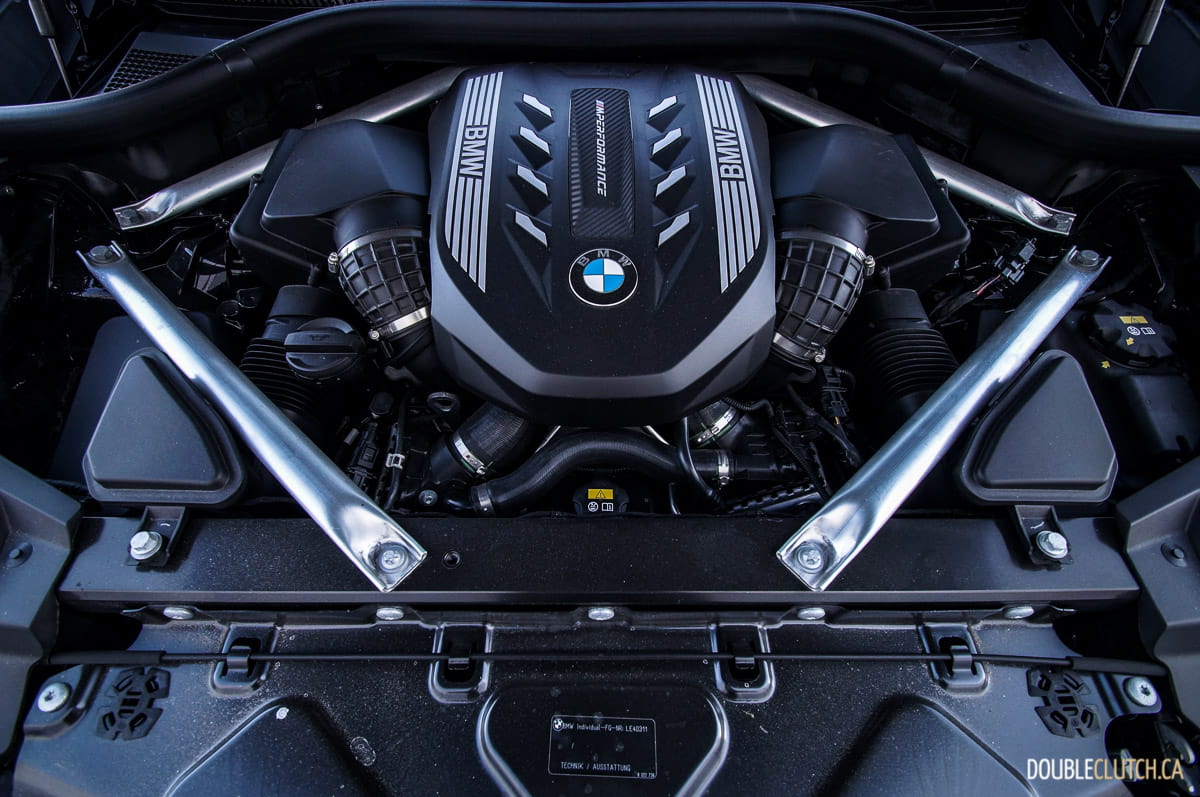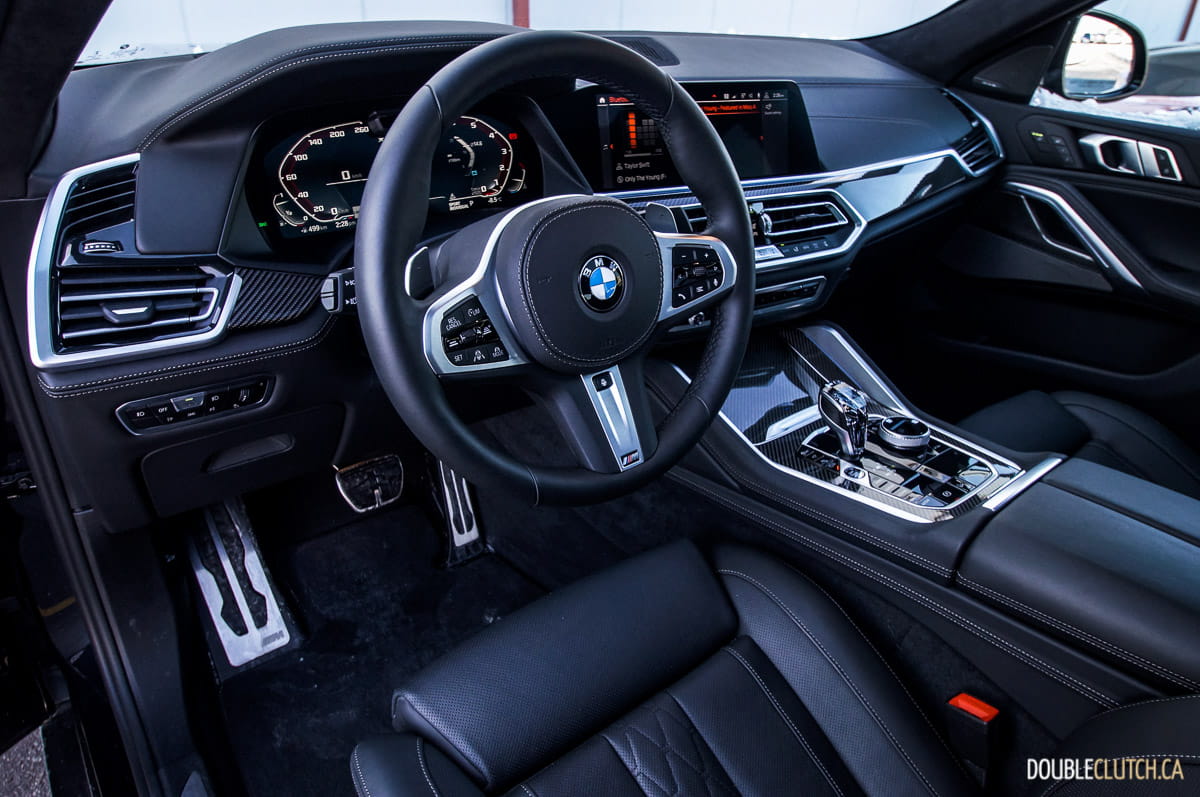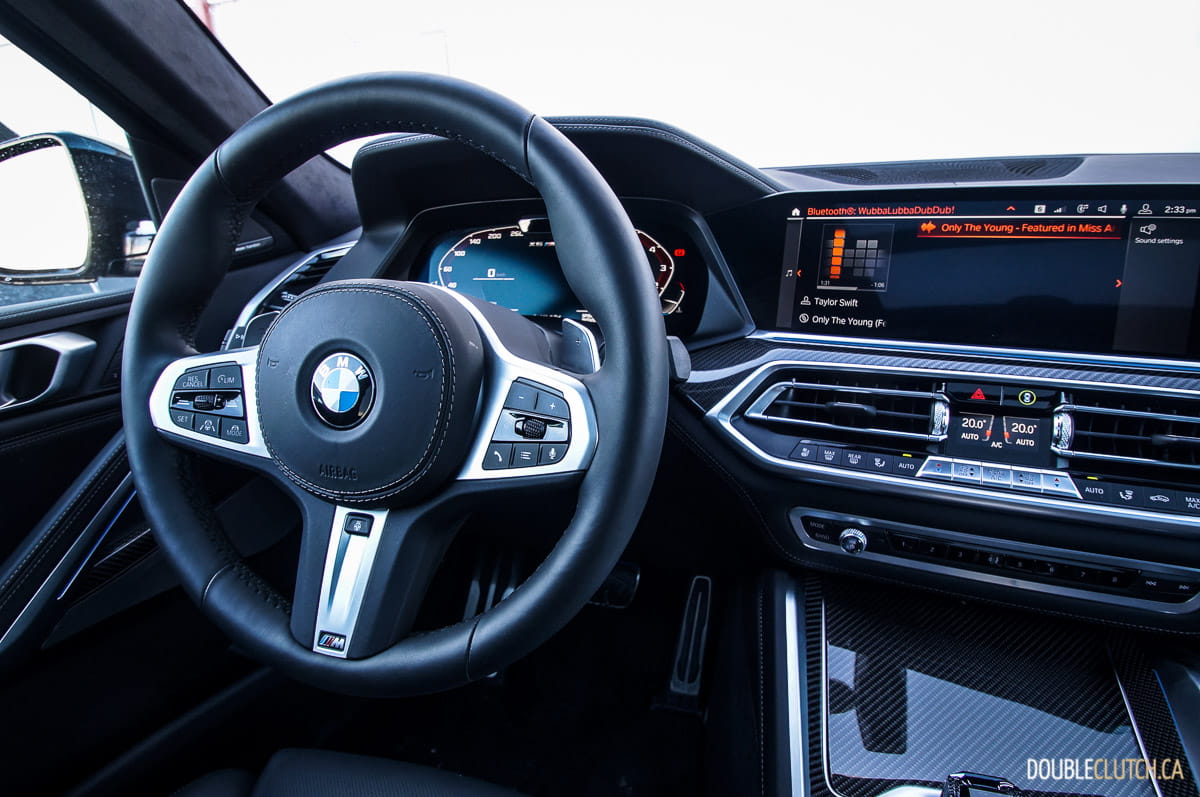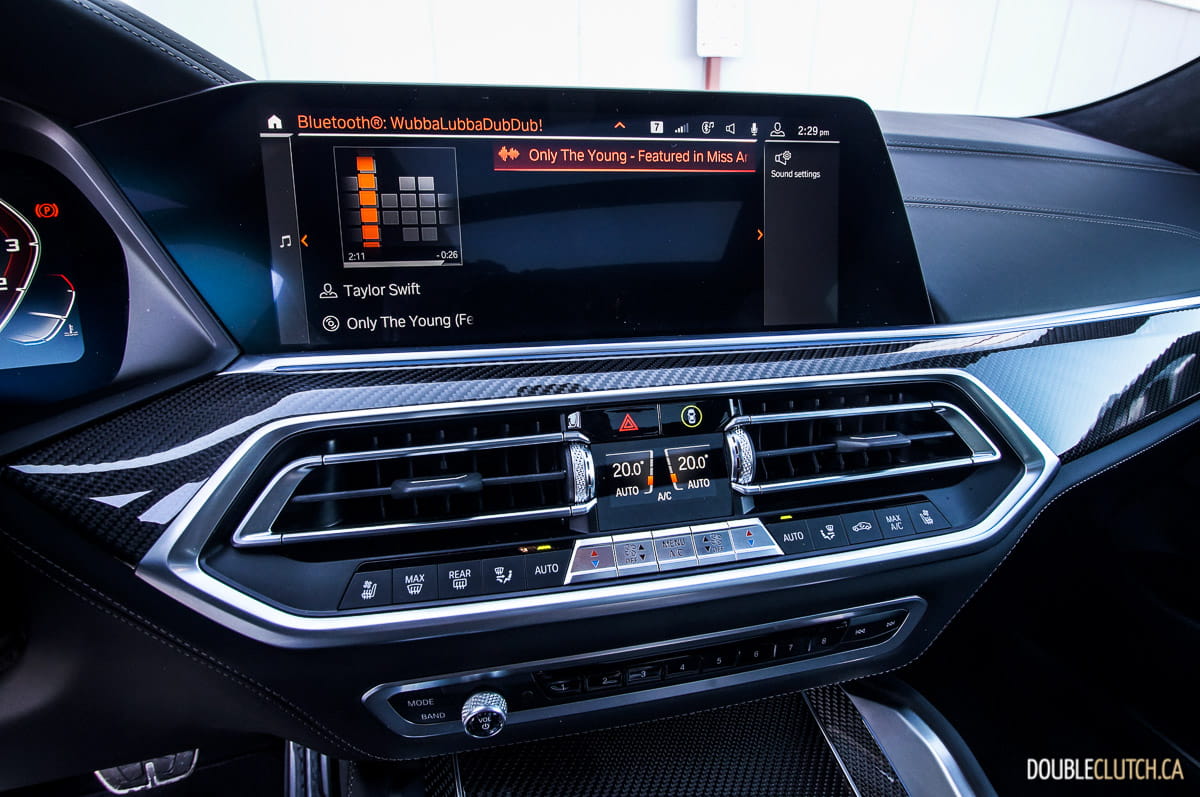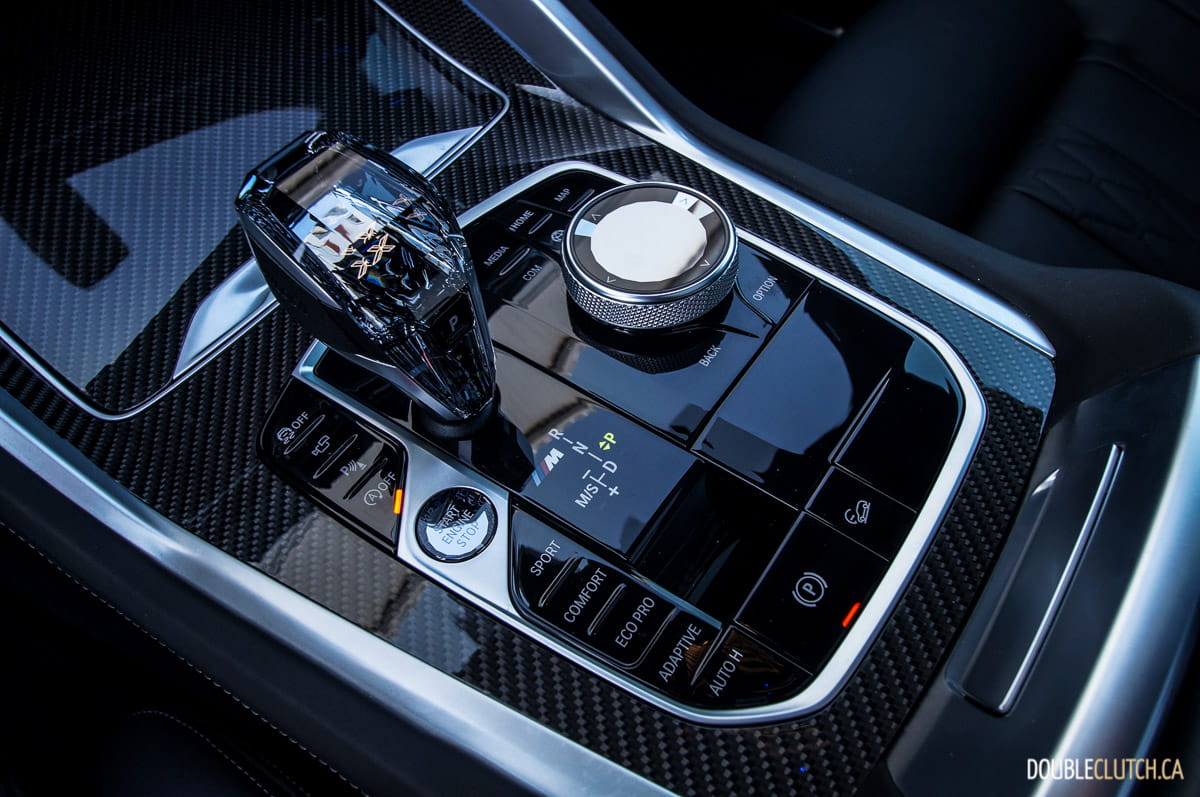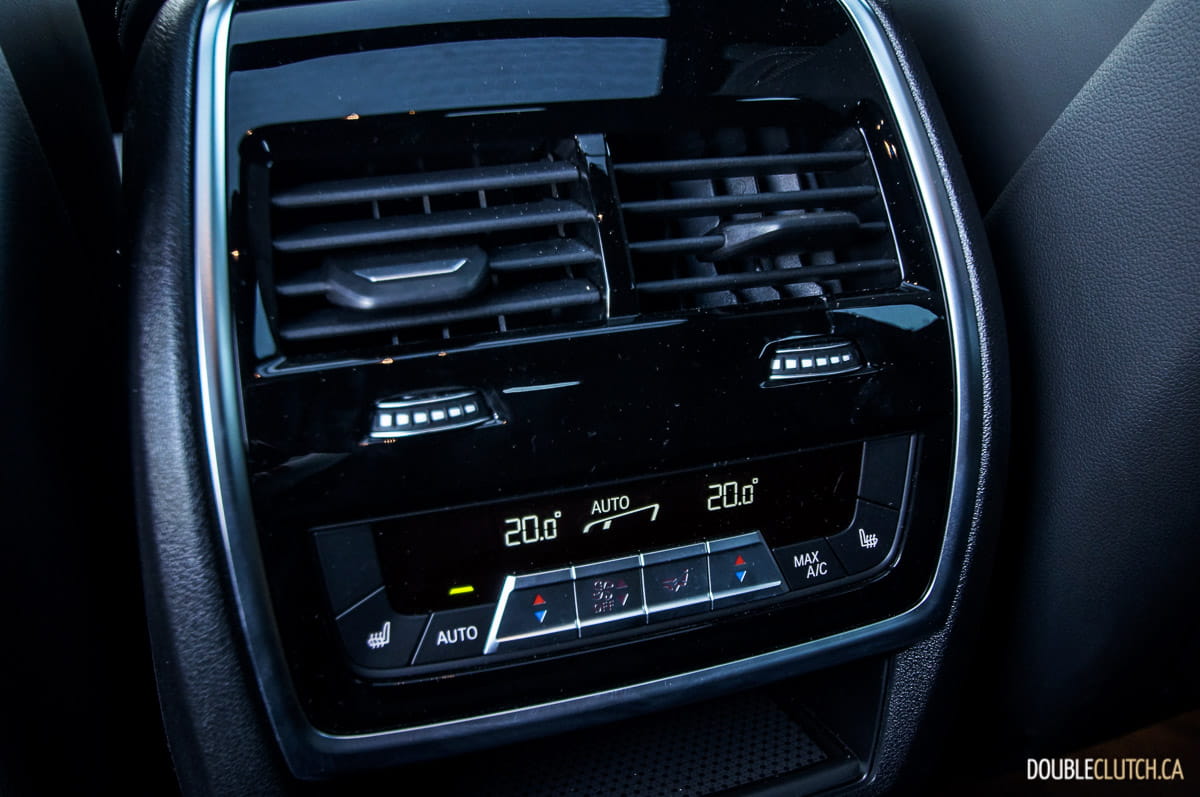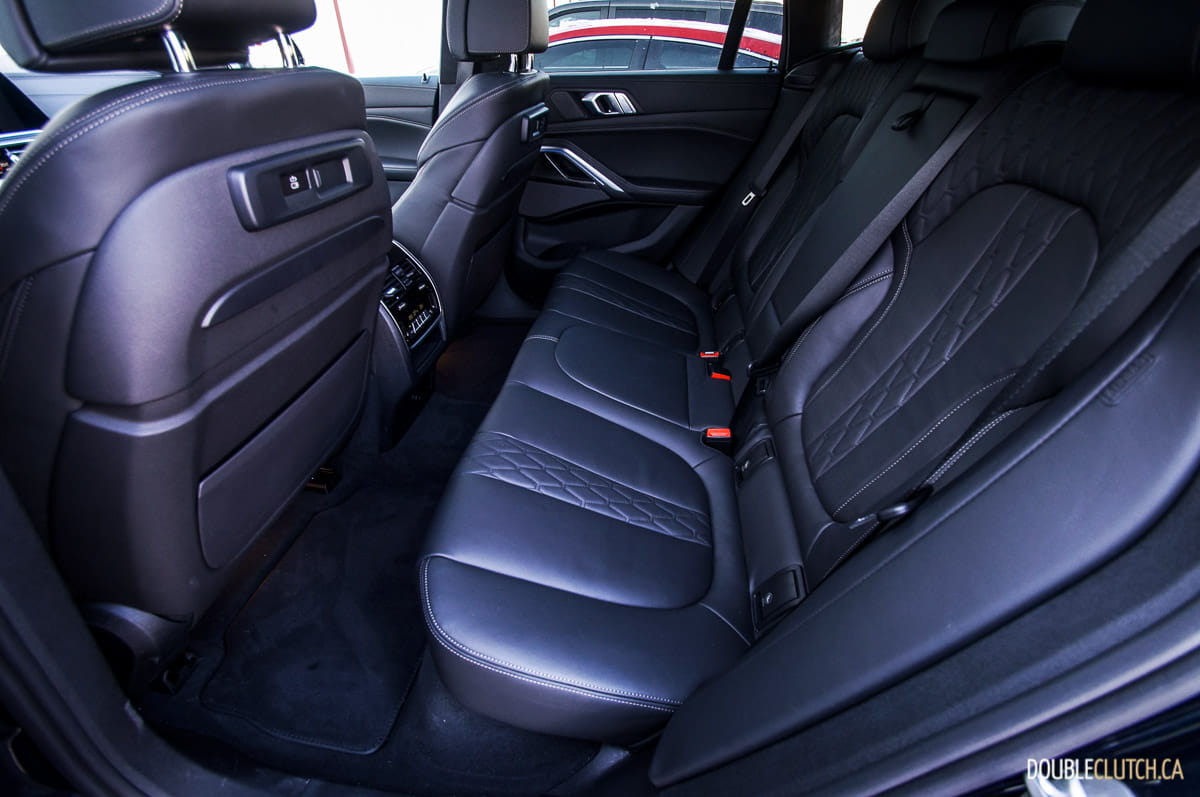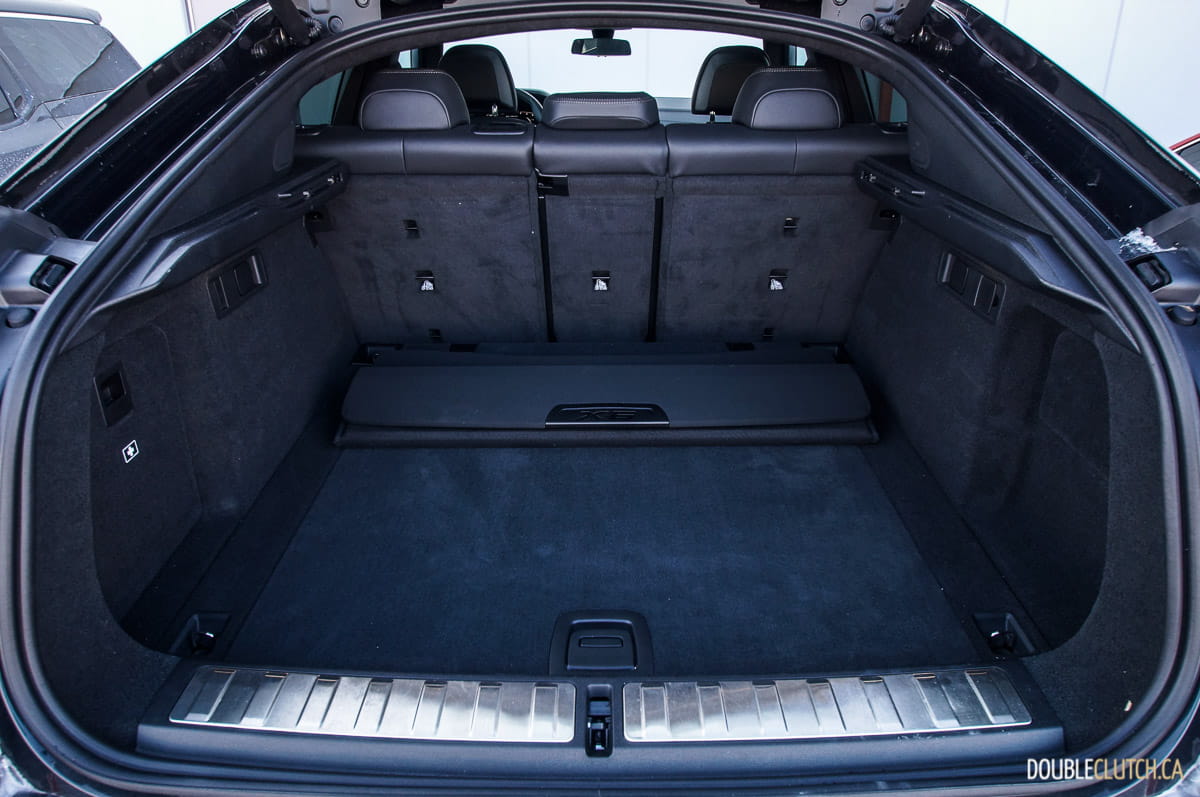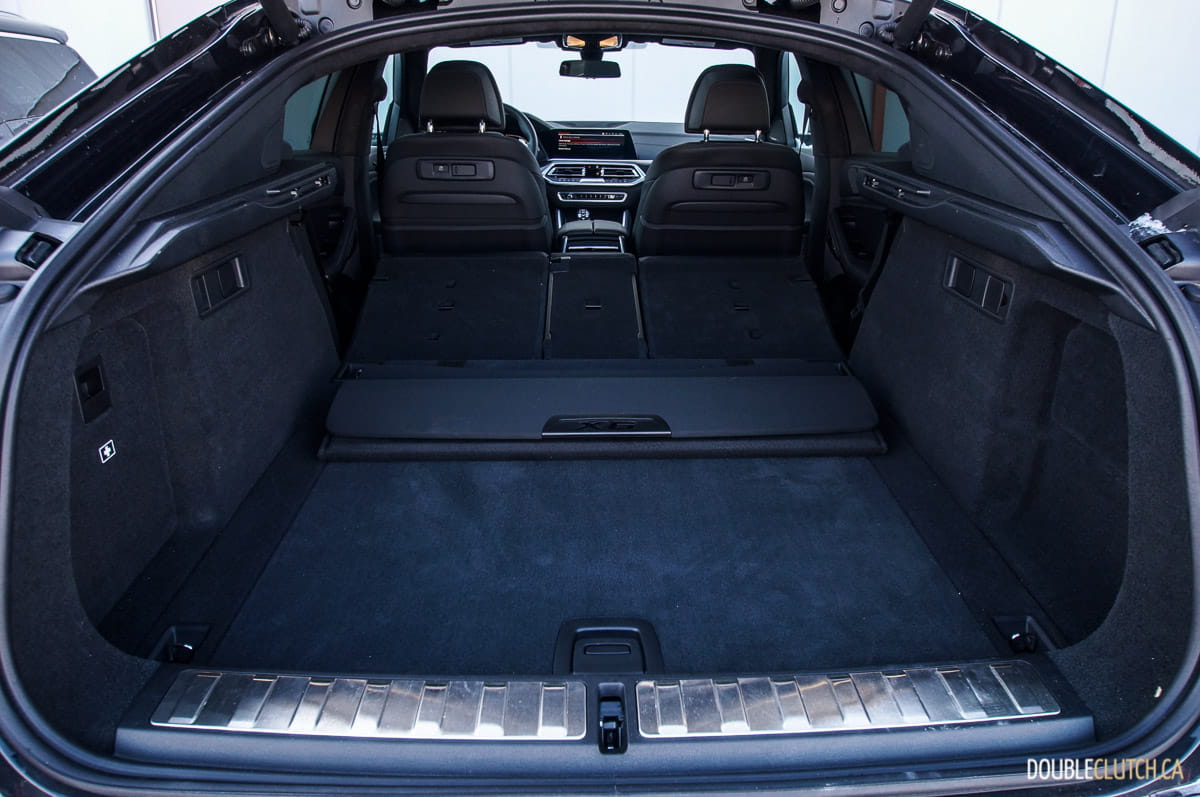When the original BMW X6 “Sports Activity Coupe” debuted in 2008, many derided the shape, thinking that it was too awkward and too odd to succeed. Those naysayers would end up getting proven very wrong – it’s now in its third generation and all-new for this year. It goes without saying that the X6 still maintains its Kammback appearance while being completely revised in every single other way. To start, turbo six and turbo eight cylinder power are available, although we can also expect an even hotter X6 M to come soon, as well. For now though, we had the chance to take a chart-topping 2020 BMW X6 M50i out for a weekend away for some sporty activities.

As the higher of two trim levels (the lower being the six cylinder xDrive40i), the Spartanburg, South Carolina-built M50i starts at $92,000. At this spec, there’s standard M Sport adaptive suspension, an M Sport exhaust system, 22-inch wheels, remote engine start, a panoramic sunroof, adaptive LED headlights, and BMW Gesture Control. For the sake of performance, M Sport Brakes and an M Sport Differential (electronically controlled limited slip!) are also standard.
Options on the test vehicle include the $17,000(!) Premium Excellence Package, which adds amenities such as Comfort Access keyless entry, soft close doors, a Sky Lounge panoramic sunroof (with configurable LED accent lighting in the glass), side sunshades, heated and cooled cup holders, four-zone automatic climate control, massage front seats for both driver and passenger, laser headlights, head-up display, Harman Kardon audio, and an Alcantara roof liner. Add another $2,000 for full Merino leather, $1,000 for carbon fibre trim, and $500 for an illuminated kidney (massive) grille that’s both aspirational and pretentious, all in the same sentence. Bottom line? $112,500.

As the big cheese in the X6 lineup, the M50i walks into the room with a juggernaut of a 4.4-litre twin-scroll, twin-turbocharged V8. The “N63” puts out 523 horsepower between 5,500 and 6,000RPM, as well as 553 lb-ft. of torque between 1,800 and 4,600RPM. Like other 50i series BMW products before it, it behaves very much like a naturally aspirated engine with a ton of oomph right off idle. Throttle response is instant, and the M Sport exhaust lets out a good growl on start-up and higher RPMs. For longer trips and extended highway driving, there’s no drone to report, and the V8 is smooth as silk. BMW says that the spring to 100km/h happens in just 4.3 seconds, and in the real world, that translates into holding on for dear life when giving it the beans.
Attached to the N63 V8 is BMW’s standard-issue eight-speed automatic gearbox, which is more of an evolutionary change than a revolutionary one. That said, it’s somewhat difficult to improve on near-perfection, as the outgoing car already had the same industry gold-standard transmission. That trend continues with revised programming and a smarter adaptive strategy; shift quality is lighting fast yet is very smooth, resulting in seamless and continuous torque delivery. The sultry V8 and eight-speed are pretty much a match made in heaven as far as sporty luxury is concerned.
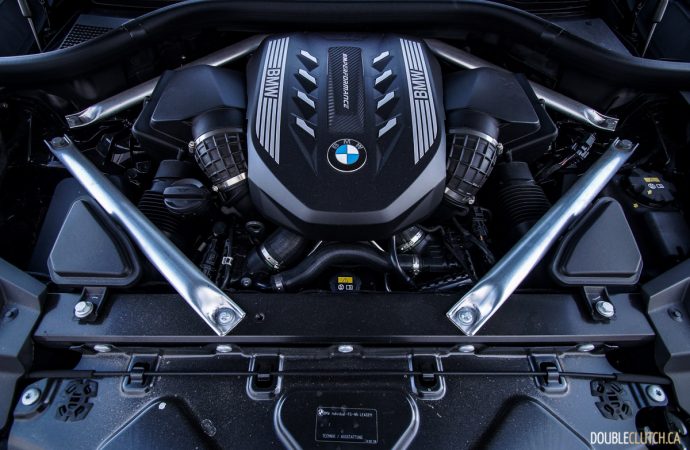
In the fuel economy department, BMW’s Canadian nominal figures come in at 14.5L/100KM in the city, and 10.7L/100KM on the highway. Observed economy came in at 12.4L/100KM in mostly highway driving, but this also included a significant amount of snow and wintery weather that tend to put a damper on real-world results. What’s neat, however, is that the X6 M50i manages to do all of this with only midgrade fuel required at minimum, although a premium octane of 91 or better is still recommended. Tank capacity is 83 litres.
In the city, the 2020 BMW X6 isn’t exactly a small car, and does show its size when trying to maneuver in tight spaces, even with its four-wheel steering system. This probably has more to do with all-around visibility, thanks to a small hatch window and fastback roof lines. Additionally, the M Sport suspension is a little too stiff over bumpy roads, even when using the softest mode. On the plus side, steering response is better than many BMWs over the last decade when BMW started to move towards electric assist power steering.

Once the X6 gets out to a faster, more open, and smooth road, it really comes into its own, cruising quietly until the bear is poked. When that happens, straight-line speed is phenomenal, but handling response is still that of a sport utility vehicle. For those looking for proper handling in spirited driving, consider the cheaper M550i sedan (reviewed here) instead. A lot of this is due to the X6 M50i’s husky 2,258 kilogram (4,978 pound) curb weight. Even so, the X6 is still one of the better handling sport utilities out there – but don’t expect it to hold a candle to a lower, lighter car.
With its controversial looks outside, it’s only natural that it could affect what goes on inside. The rear cargo area of the X6 is good for only marginally more than a 5-Series sedan. The X6’s large and clumsy rear cargo cover needs to be flipped up and cannot be folded away, and the overall space fits just enough supplies for two people to go away to a cabin for a winter weekend. While yes, the fastback lines certainly help the X6 look the part, this is practically equivalent to eschewing a backpack in favour of a fanny pack. It looks cool (depending on what decade you’re from), but doesn’t hold as much.
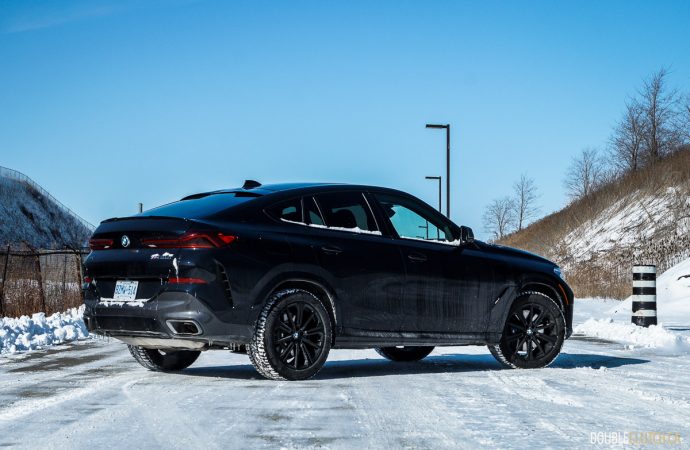
The infotainment system on the X6 M50i is latest version 7.0 of BMW’s iDrive, which possesses a control dial combined with two 12.3-inch displays – one for the main gauge cluster, and the other a touch screen for infotainment control. The system itself is slick to use, although the menu systems are a little too deep for non-distracted use. Many of the same functions are also re-oriented compared to older versions of iDrive, so BMW die-hards may find a bit of a learning curve to overcome. Apple CarPlay is standard for those who want to easily mirror their iPhones, but Android users are out of luck: there’s no Android Auto available at all. BMW’s Intelligent Personal Assistant is a voice command that allows control of iDrive functions, but in practice, we found the reaction to be slow and inaccurate.
In terms of today’s modern autonomous driver assists, the X6 shines well in both feature set and execution. There’s the standard issue forward collision warning with automatic braking, adaptive cruise control, and lane keep assists with blind spot monitoring. On top of this, though, the lane keeping assist systems allow for autonomous lane changes, and it does take some practice in order to build trust in the car.

At highway speeds along the more rural areas of Ontario’s Highway 401, very little driver intervention is required, although drivers still do have to give their full attention at all times. If a lane change is desired, a quick flicking of the turn signal indicator will have the X6 moving over to the requested lane if the coast is clear. Combined with massage seats, this approach of partially-assisted driving greatly reduces driver fatigue, and the vehicle’s systems make it easier to cover more ground before having to stop for a rest.
See Also:
2019 BMW X5 xDrive50i
2020 Mercedes-Benz GLE 450 4MATIC
2020 Volvo XC90 T8 Inscription


